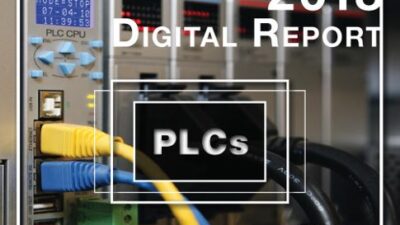Innovative fleet operators have proven that the use of demand signaling throughout the supply chain helps them optimize routes, drivers, and loads—all while saving millions of dollars and driving revenue growth.
As businesses continue to look for ways to increase revenues and drive costs out of the supply chain, there is one frontier that has yet to be fully conquered: fleet management.
While everything from warehouse operations to store shelf layouts has been automated throughout the supply chain, many fleet operation companies still rely on good ol’ Bob in the dispatch office to manage their deliveries.
Still, CEOs often say they are reluctant to take route planning responsibilities off of good ol’ Bob. It may be because they are protective of their information, or they truly believe they are doing it in the most efficient manner possible. After all, they’ve been doing this for a long, long time.
These are smart people, and even though it’s money out of their own pockets, they often say
But they couldn’t be more wrong.
Companies using route optimization systems can anticipate cost reductions as much as 10 percent to 15 percent. One company with 3,000 vehicles saved $20 million. While that is extraordinary, typical fleets report savings of anywhere from $1 million to $1.5 million annually. That pays for the implementation costs within six months to a year.
Effective fleet management is especially critical for manufacturers in today’s just-in-time delivery environment. For instance, if an OEM is providing parts to an automobile manufacturer during a key production run and isn’t able to meet the strict time requirements for delivery, the auto manufacturer’s production line shuts down. That can result in substantial yard charges or penalties to the OEM or the carrier transporting the goods, and even the loss of the business for both.
(The same is true for the retail industry. Store floor personnel usually are only available at a specific time to accept deliveries.)
With the tight margins in today’s transportation and distribution industries, it is not enough for fleet operators to know they have the total capacity in their fleet to handle these deliveries. They also need to know what kind of specific capacity they have—by
It also is important to know how to optimize that capacity, using the fewest trucks to service both internal and external needs. Based on the demand forecasts the fleet operator to evaluate how it is going to service all of the customers with the vehicles available.
Finally, by more efficiently operating through the use of demand signaling and fleet management software, fleet operators will find they can take on more business, driving revenues higher. And in the end, that means these fleet operators will be able to better grow the business over the long haul.
Erv Bluemner is VP, Global Transportation at RedPrairie ,



